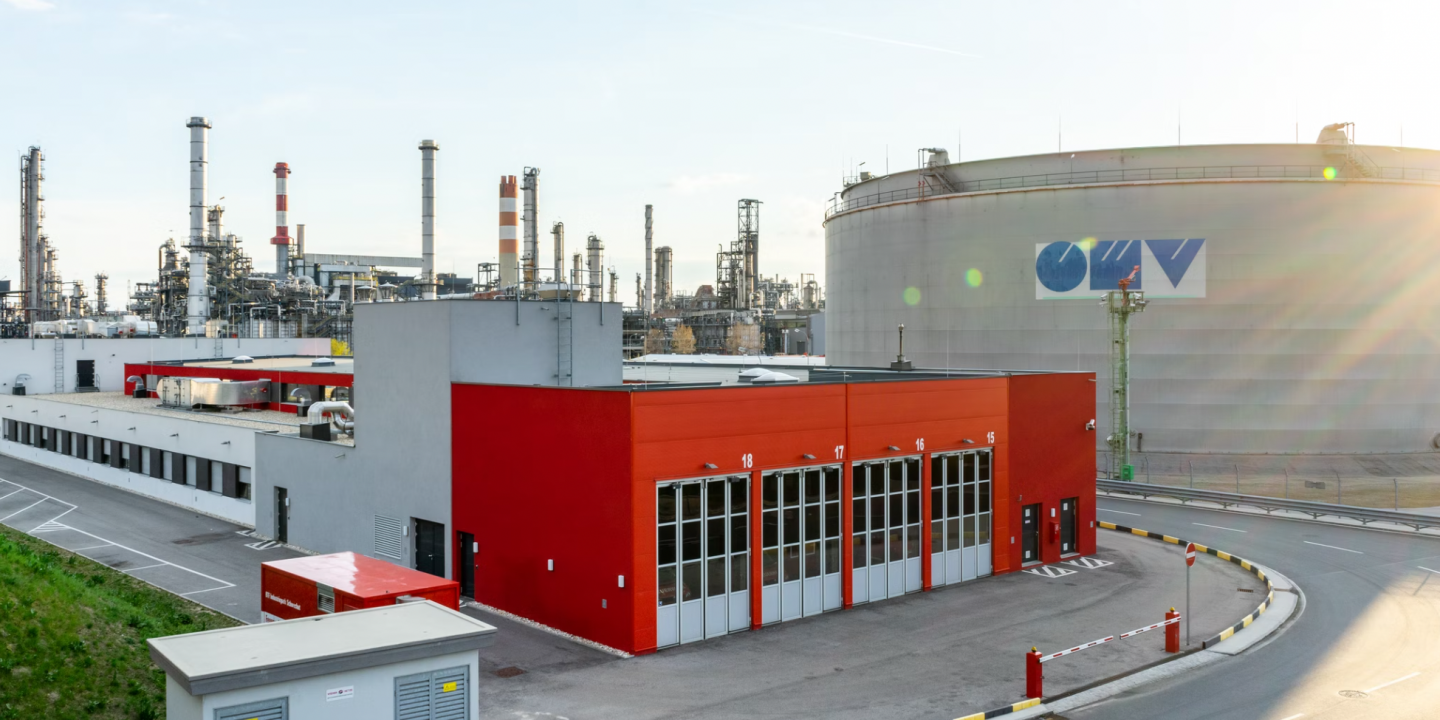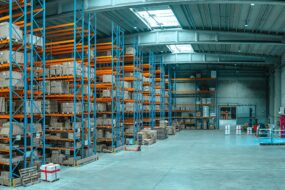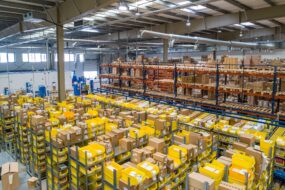Contents

Companies are constantly looking for ways to cut costs and improve the quality of their products and services. Integrating different parts of the production and supply chain can give a company a competitive edge. This type of structure is known as “vertical integration.”
Materials, suppliers, manufacturing and distribution are the stages of vertical integration, and there are three types of integration. Each type has its own advantages and disadvantages.
Three types of vertical integration
There are many types of vertical integration. All types of vertical integration involve a merger of a company with another company at least in one of the relevant stages of the supply chains. The order in which the company is placed in the supply chain determines the difference.
- Forward integration is when a company controls stages further down the supply chain. An example would be a timber producer who owns activities downstream, such as a mill or lumber yard.
- Backward integration is when businesses engage in activities that are “upstream”. An example would be an ice cream shop which acquires a small dairy farm to produce their own milk.
- Balanced integration refers to a merger in which a company combines with other businesses to try to control both upstream and downstream operations.
Examples
Nike is an example of a vertically integrated company. Not only does Nike create, distribute, and sell its products through retailers, it also runs its own retail stores.
Vertical integration is also possible for manufacturers. Many apparel and footwear companies have a flagship store which sells more of their products than is available at outside retailers. Outlet stores are also common, which sell products from the previous season at a discounted price.
Advantages of Vertical Integration
Vertical integration offers five distinct advantages that can give companies a competitive edge over their non-integrated counterparts.
- Supply disruption can be avoided by a vertically integrated business. It is easier to manage its own supply chain and can deal with any supply issues.
- Avoiding suppliers with market power is a way for companies to reap the benefits. These suppliers can dictate pricing and availability, as well as terms and conditions. If a company is able to avoid suppliers like these, it can reduce costs and avoid production slowdowns due to negotiations or other external factors.
- Better economies-of-scale. Large companies use economies of scale when they can cut costs and increase production. A company might lower its per-unit costs by purchasing in bulk, or by reassigning employees who have left failed ventures. Vertically integrated businesses reduce overhead by streamlining management and consolidating operations. “Economies of Scale” refers to the ability to produce more at lower prices. This increases supply and lowers fixed and variable cost per unit. It also makes the product more appealing to consumers.
- Companies stay informed about their competitors. Retailers are aware of what is selling. Vertical integration would allow a company to make “knock-offs of popular brand-name products if it had a manufacturing plant, retail store and supply chain. A knock-off product is a copy of the product, but it’s company-branded and packaged with company marketing messages. This is something that only powerful retailers can do. As they risk losing their major distribution channels through large retailers, brand-name manufacturers cannot afford to sue copyright infringement.
- Lower pricing strategies are possible. Vertically integrated companies can pass on the cost savings to consumers. Examples of such companies include Walmart, Best Buy and many national grocery stores brands.
Disadvantages of Vertical Integration
Vertical integration has the biggest drawback: it is expensive. To set up and buy factories, companies must spend a lot of capital. To maintain efficiency and profit margins, they must also keep the plants in operation.
- Reduced flexibility. Vertical integration hurts a company’s flexibility because it forces them to keep up with the trends in the segments they integrate. Imagine a company buying a retailer to sell their product, and creating an outlet store that also carries the same merchandise. The retailer’s competitors started using new technology, which helped them increase their sales. To remain relevant in the market, the new parent company will need to acquire this technology. Integration can be affected by rapid technological changes. Integration can be made more difficult by the use of different technologies at different stages of supply.
- Loss in focus. For example, a retail business that succeeds requires different skills than one that runs a profitable factory. It is difficult to find a team of managers who are skilled in both. Management can become less focused on their core competencies and more focused on newly acquired assets when they integrate
- Culture clash can be a problem. It is unlikely that any company will have a corporate culture that supports both factories and retail stores. Successful retailers attract sales and marketing professionals. This culture is not responsive to factories’ needs and can cause conflict and misunderstandings as well as lost productivity.
Vertical integration of a supply chain
Large businesses often decide to manage the sourcing, manufacturing and distribution of their products rather than allowing other companies to do so.
While vertical integration is beneficial for some large companies that are well-positioned in their industry and market, it is something many small businesses cannot afford. A company contemplating this step should thoroughly assess its ability to scale and absorb the costs associated with acquisitions.
References
https://www.investopedia.com/terms/v/verticalintegration.asp
https://www.nytimes.com/2022/01/08/business/teslas-computer-chips-supply-chain.html




